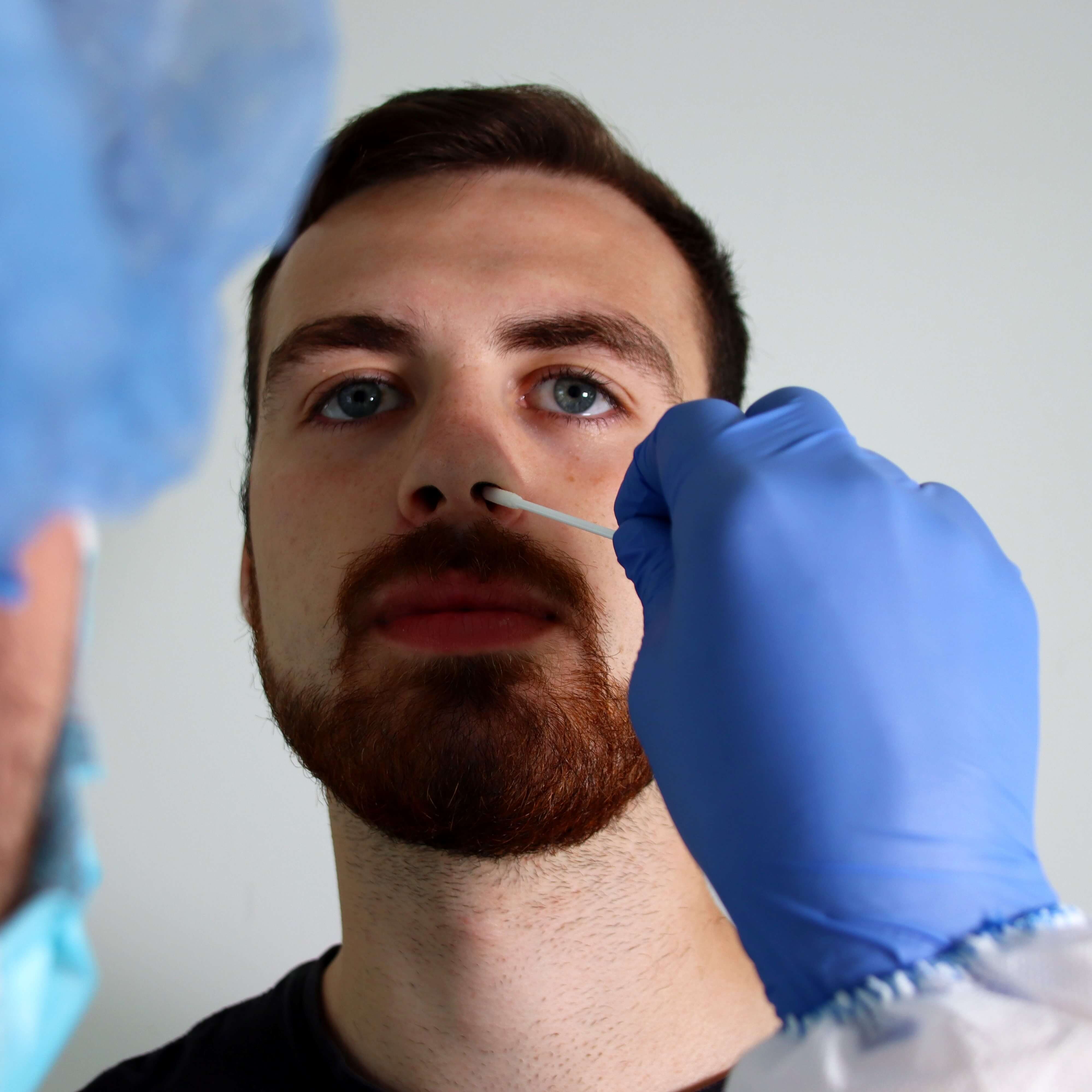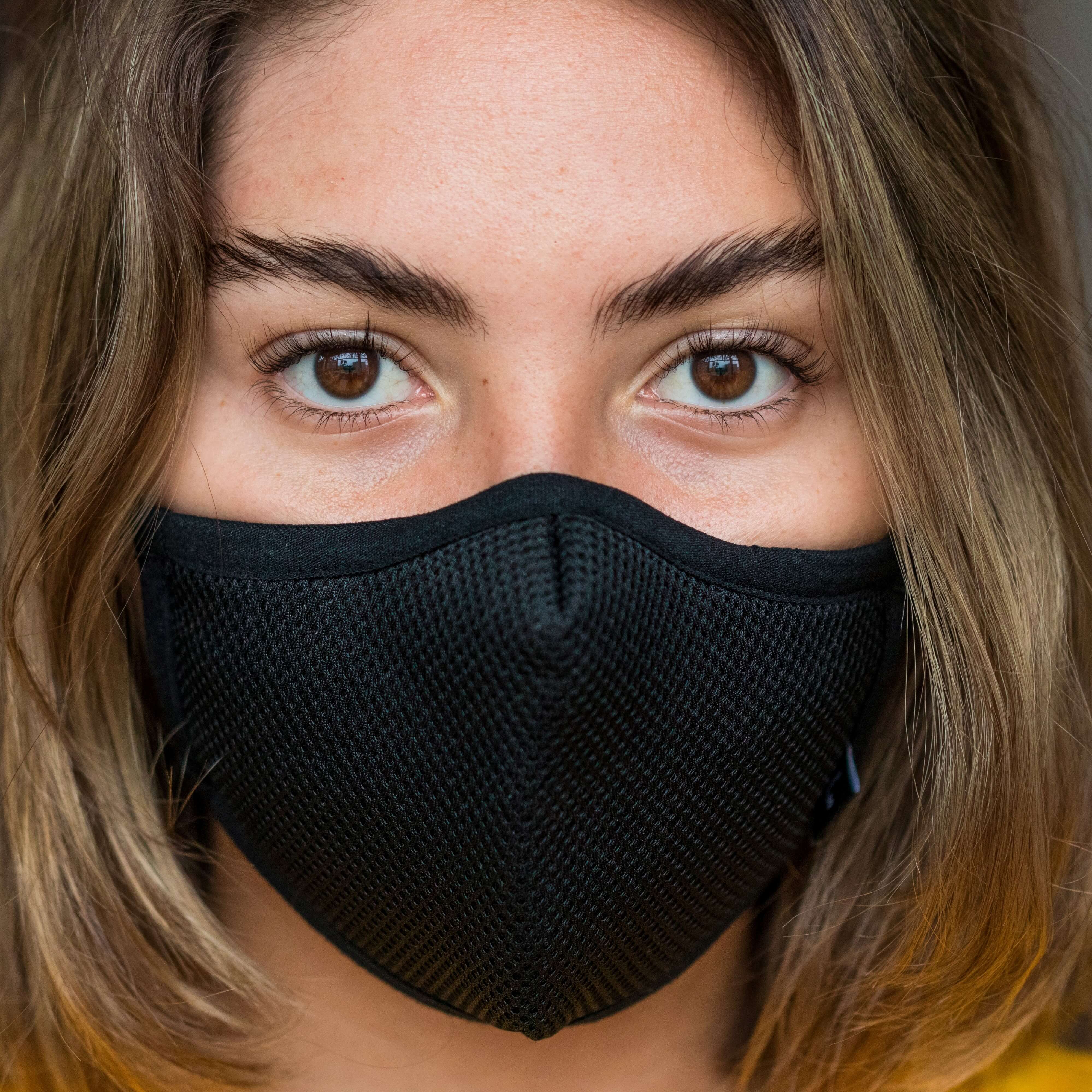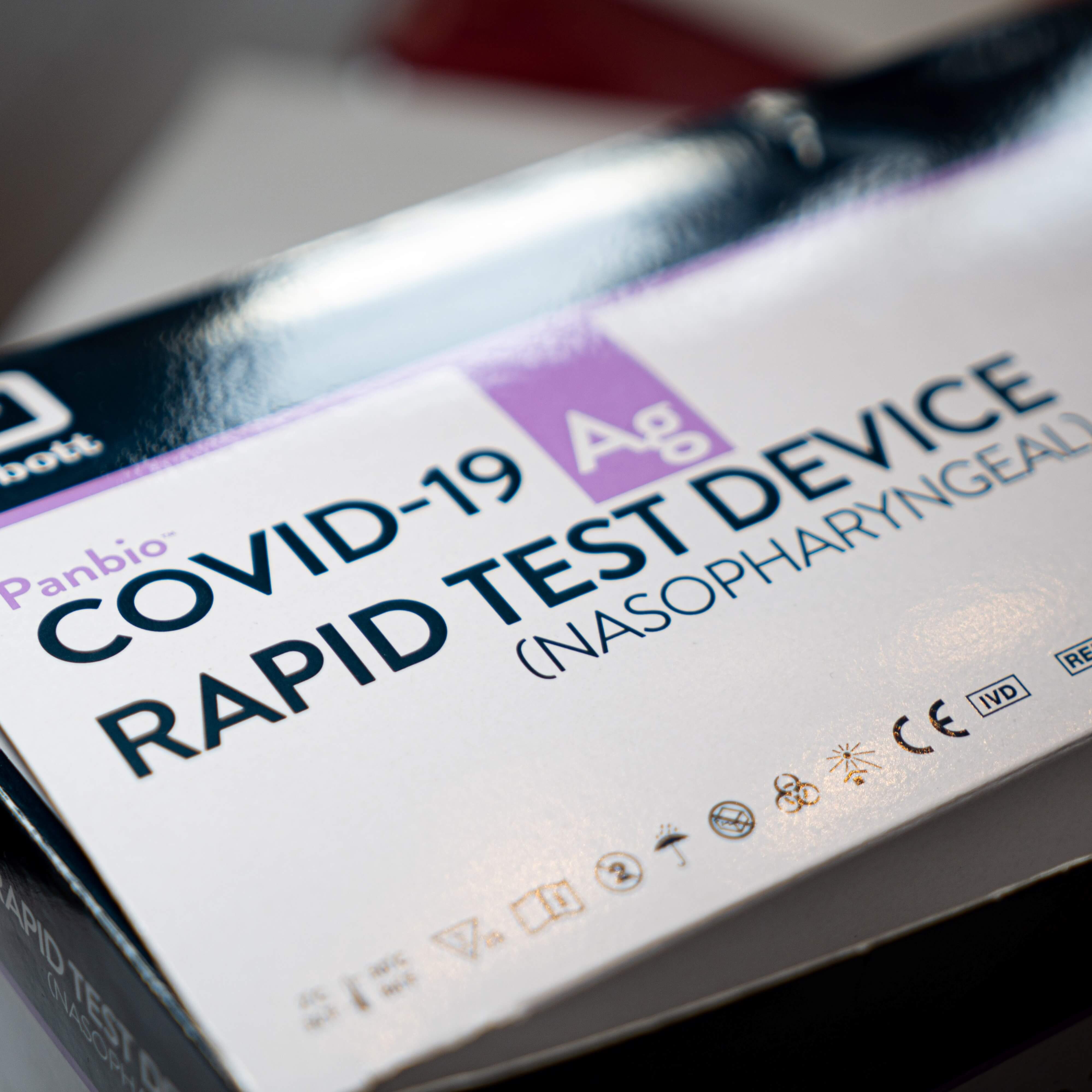
What Does an Inconclusive COVID Test Mean?
Getting a COVID test whether it be an LFT (Lateral Flow Test) or a PCR (Polymerase Chain Reaction Test) has been one of the standard precautions one does in these so-called new normal times we live in.
Part of this new norm of testing is getting inconclusive COVID test results. How does one get an inconclusive result? What do these test results mean?
That is what we try to find out in this article that discusses everything you need to know about inconclusive COVID tests. Read on and find out more.
What Does an Inconclusive COVID Test Mean?
Sometimes you get a COVID test, and the results come back to be inconclusive.
You might wonder if these results point toward you being infected with COVID. Or maybe you interpret these inconclusive tests as being free of the virus. Well, neither of these interpretations is necessarily correct because an inconclusive COVID test just means exactly that.
An inconclusive test could not say whether you have the virus or not.
Here are a few frequently asked questions about inconclusive COVID tests:
- Q: Is an inconclusive COVID-19 test positive?
A: An inconclusive test should not be interpreted as either positive or negative. IT simply means that the test conducted on you does not have definitive results.
- Q: Can I get an inconclusive COVID-19 test while vaccinated?
A: Yes. Getting positive, negative, or inconclusive test results are independent of being vaccinated.
- Q: Are invalid and inconclusive COVID test results the same?
A: An invalid result is an inconclusive COVID-19 test, meaning both are unable to tell if you are infected with the COVID-19 virus or not.
Why Do Some Tests Appear Inconclusive?

It would be simpler if test results came out only as positive or negative, but sometimes COVID tests aren’t like that. Inconclusive results are an outcome even in the most accurate and valid tests.
Several factors may lead to an inconclusive test result. A COVID test may prove to be indecisive because of the following situations:
- You may be close to recovery – A PCR test may not detect a critical amount of SARS-CoV-2 virus genetic material to deem you positive. This same test may not also rule you clear of the virus because you may still have the virus lurking in your system, albeit in latent amounts.
This may happen with A LFT also. LFTs may not detect enough SARS-CoV-2 protein signatures and test result comes out as inconclusive.
- Not enough mucus to test – A COVID-19 test is inconclusive when you have not swabbed enough mucus from your nose or throat that your test can use. In this situation, you should just repeat your test.
- You are newly infected – In this situation that you have just been infected with the COVID virus, your throat, or nose mucus may not yet contain enough SARS-CoV-2 virus genetic material or proteins for tests to detect.
What to Do If Your COVID-19 Test Is Inconclusive
Getting inconclusive test results can be frustrating, but inconclusive tests should not deter you from getting a definitive COVID test result.
Remember these pointers if ever you get inconclusive COVID test results, and you will be closer to the decisive results you need. These will also keep you and the people around you safer from COVID infection.
- Get another COVID test – After getting an invalid or inconclusive COVID test, you must get another test. Whether it be a Lateral Flow Test or a Polymerase Chain Test, getting a new test that will carry a negative or positive result is of utmost importance.
After all, you can only base your current actions on being positive or negative for the COVID-19 virus.
- Opt for a Lateral Flow Test conducted at home – A failed Polymerase Chain Reaction Test can be difficult to redo. Results will take time, and you risk infecting other people while waiting for results.
A Lateral Flow test can safely be done at home, and results are instantaneous. If you wonder where to buy a lateral flow test during the COVID-19 pandemic, then we recommend ordering the Flowflex Rapid Test and Healgen Testing Kits brands online.
These kits are as simple to use as any brand on the market today and are very reasonably priced. A single test kit from Flowflex will only cost you £1.99. Healgen kits are even cheaper at £1.89 a kit.
Although PCR tests are recognised as the more accurate of COVID tests, the LFT is not far off in correctness. Opting for LFT kits gets rapid results while keeping other people around you safe from potential COVID infection.
- Self-isolate – Assume that you are COVID-positive and infectious if you have enough reason to suspect yourself of having the virus. Stay at home and do not have close contact with anyone who you can potentially infect.
Follow quarantine guidelines and break your quarantine only if you get negative COVID test results.
When to See a Doctor
Now, most people who believe in the vaccine are vaccinated. Assuming you are fully vaccinated and are not among the vulnerable and high-risk populace, seeing a doctor is no longer of the highest priority in this stage of the new normal.
Upon getting a positive COVID test result, you should immediately go into self-isolation, eat a healthy diet, and get lots of rest for 2 weeks. Being vaccinated will protect you from suffering the full, debilitating effects of the virus.
But if you are suffering serious symptoms like the following, and feel that you need medical attention, go seek out a doctor immediately.
- Difficulty breathing
- Confusion
- Persistent chest pains and pressure
- Difficulty waking or staying awake
- Having pale, grey, or blue lips, skin, or nail beds
If you count yourself as a high-risk and vulnerable person, you should immediately go see a doctor upon getting positive COVID test results.
Test Yourself Before You Wreck Yourself
A decisive attitude towards COVID requires a decisive COVID test. All our actions in keeping ourselves and the people we care about hinge on knowing whether we have the virus or not.
Aside from getting vaccinated, testing for the virus when we suspect we have it should be our next best weapon against this still-lingering threat that is the COVID-19 pandemic.



